
Castle Ruins and Small Village Landscape, Joseph Mallord William Turner, c. 1798-1799
Joseph Turners work can be viewed at:
https://www.tate.org.uk/visit/tate-britain/display/jmw-turner
Mountains, Crags and Rocks
“Roughness forms the most essential part of difference between the beautiful and the picturesque” William Gilpin (1724-1804).
In the second half of the eighteenth century, the English clergyman and author William Gilpin formulated an aesthetic theory of landscape. This was published in 1786.
Opinions of landscape design formed a “picturesque” debate. Lancelot “Capability” Brown and Humphrey Repton represented one side of the spectrum. They were in contrast to the ideas of William Gilpin and Richard Payne.
Landscapes by Brown and Repton are characterised by undulating expanses of grass and hills, broken up by clumps of trees and serpentine lakes to impress serenity. This style required dramatic landscape alterations; an endless number of trees would be cut down, and an entire village would be relocated in the name of “improvement.”
Gilpin preferred rugged and moody landscapes that could also invoke the sublime. Gilpin observed that the appearance of the landscape changed depending upon the clouds and the quality of light.
Turner’s interest in the element of earth must be looked at in the context of contemporary developments in landscape painting in Britain.
Gilpin published his observations and encouraged British landscape artists to pursue atmospheric phenomena. He illustrated this contention in watercolours that brought the landscape to life through the use of chiaroscuro.
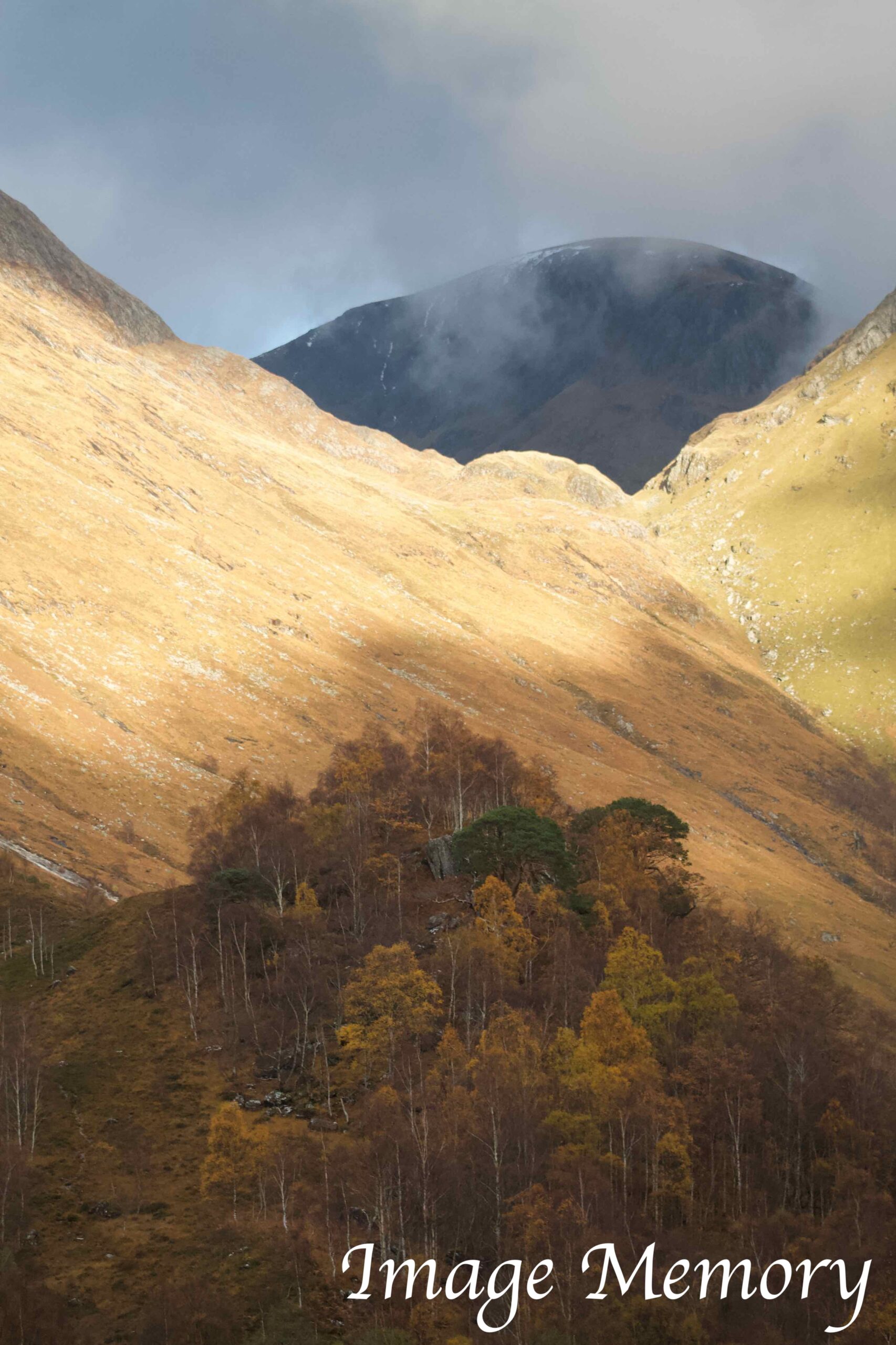
The fine art term chiaroscuro comes from the Italian words that roughly translate to light and dark. Chiaroscuro technique is employed in the visual arts to represent light and shadow as they define three-dimensional objects. Turner followed Gilpin’s example in exploring British landscapes.
Here are some ‘monochromatic’ samples of the chiaroscuro method:
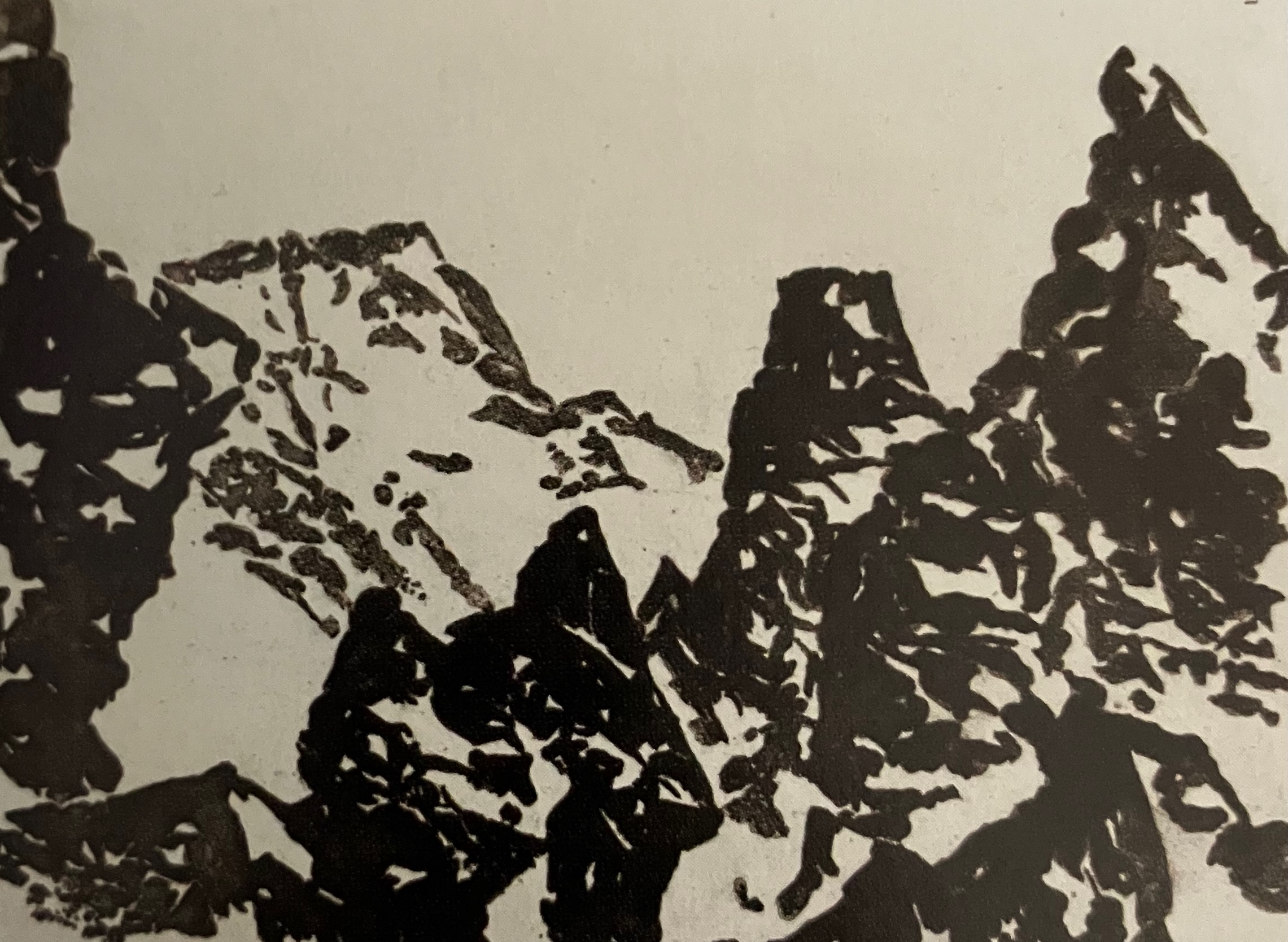
Mountain Peaks, Alexander Cozens, c. 1785
Alexander Cozens work can be viewed at https://www.tate.org.uk/art/artists/alexander-cozens-118
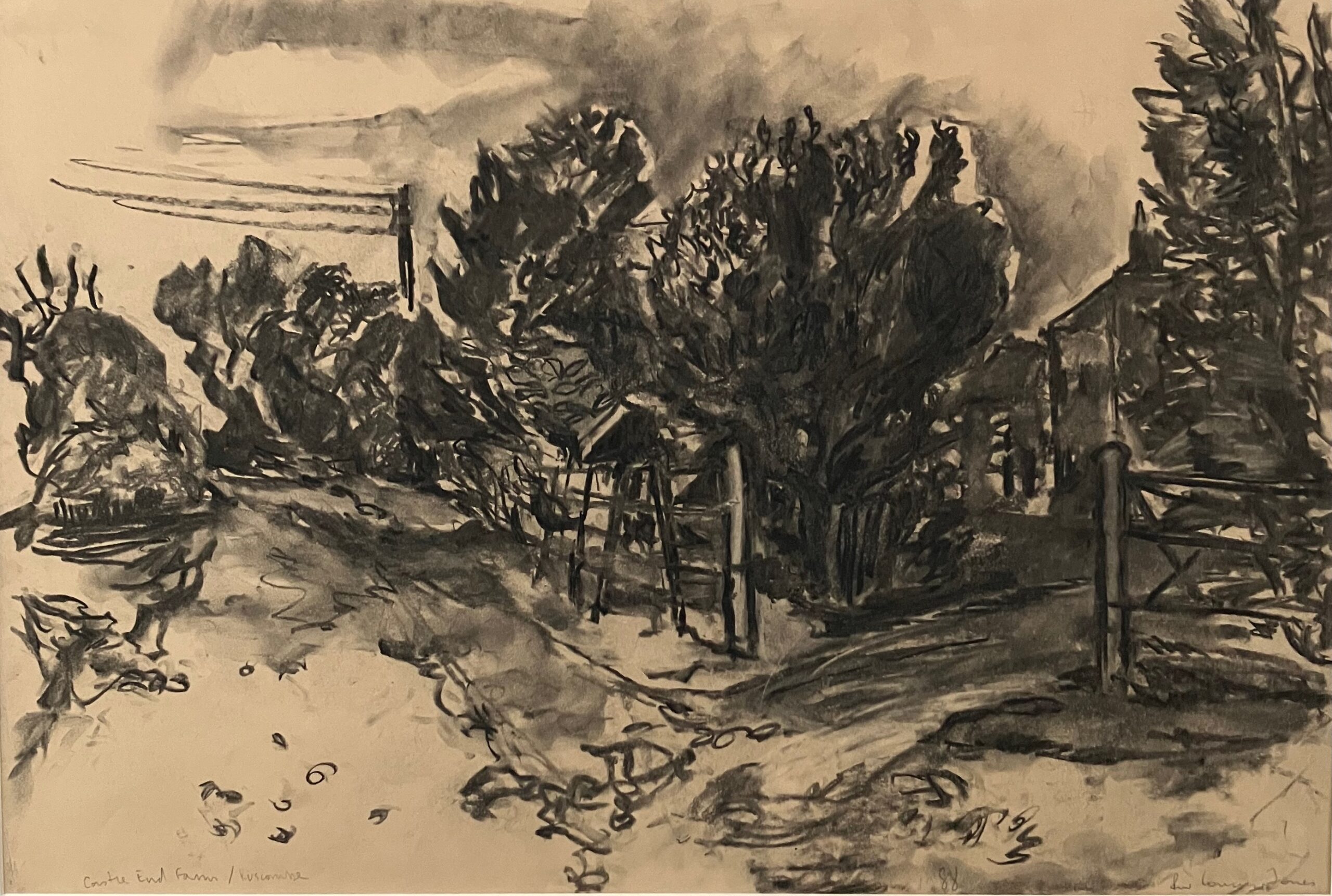
Castle End Farm, Luscombe, Richard William Conway-Jones, 1988
Richard is a contemporary artist, his work can be viewed at:
From a personal perspective, my approach to photography has been, as much as is possible, that of an artist.
I feel drawn to the mountains of Wales, Scotland and the Lake District. This Scottish landscape photo below shows trees growing where God and nature has decided. The picturesque stark mountains that reach the sky are easier to capture when the light is less intense. I hope you can appreciate Gilpin’s ‘atmospheric phenomena’.
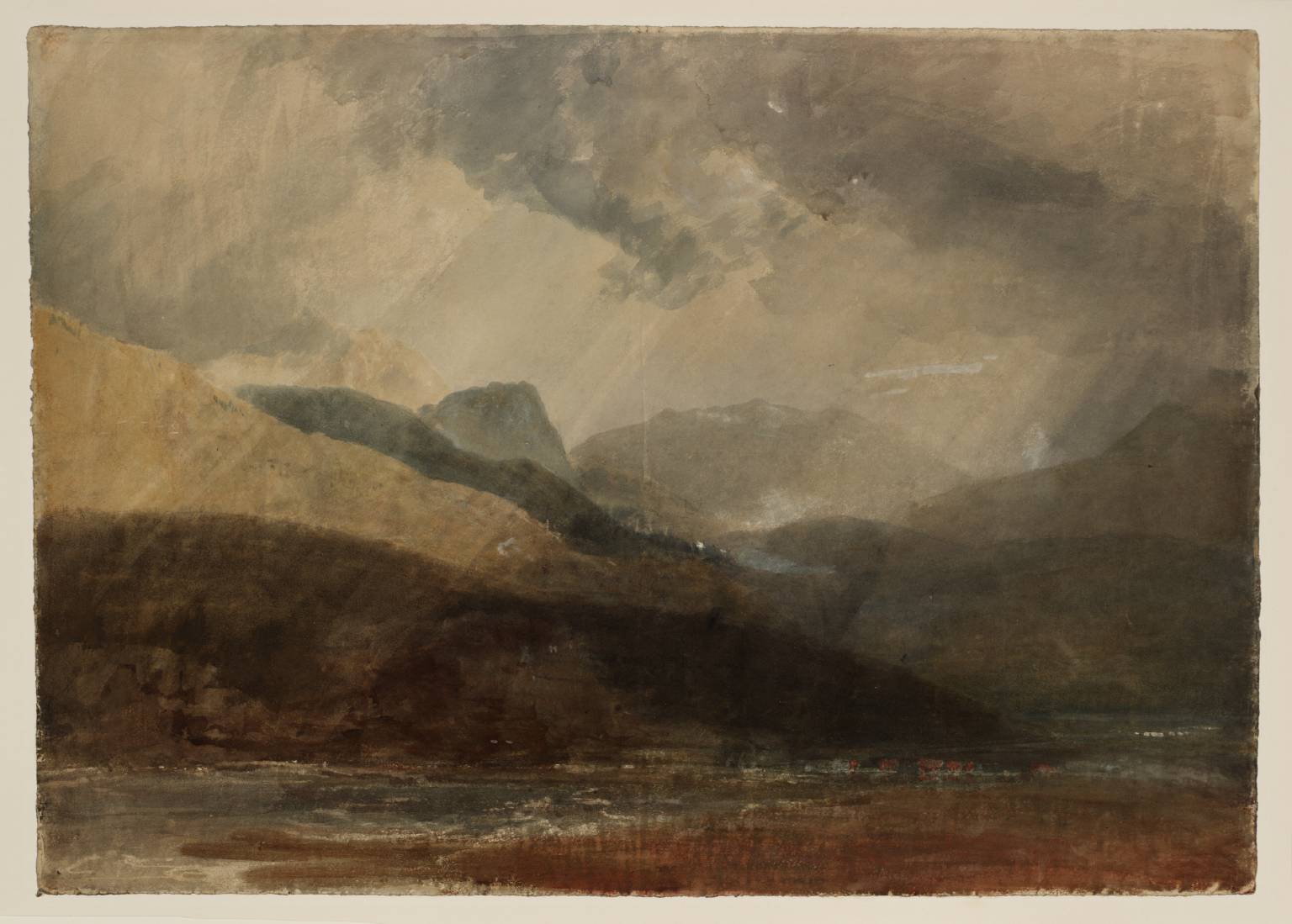
Blair Atholl, Looking towards Killiecrankie circa 1801 Joseph Mallord William Turner 1775-1851 Accepted by the nation as part of the Turner Bequest 1856 http://www.tate.org.uk/art/work/D04179
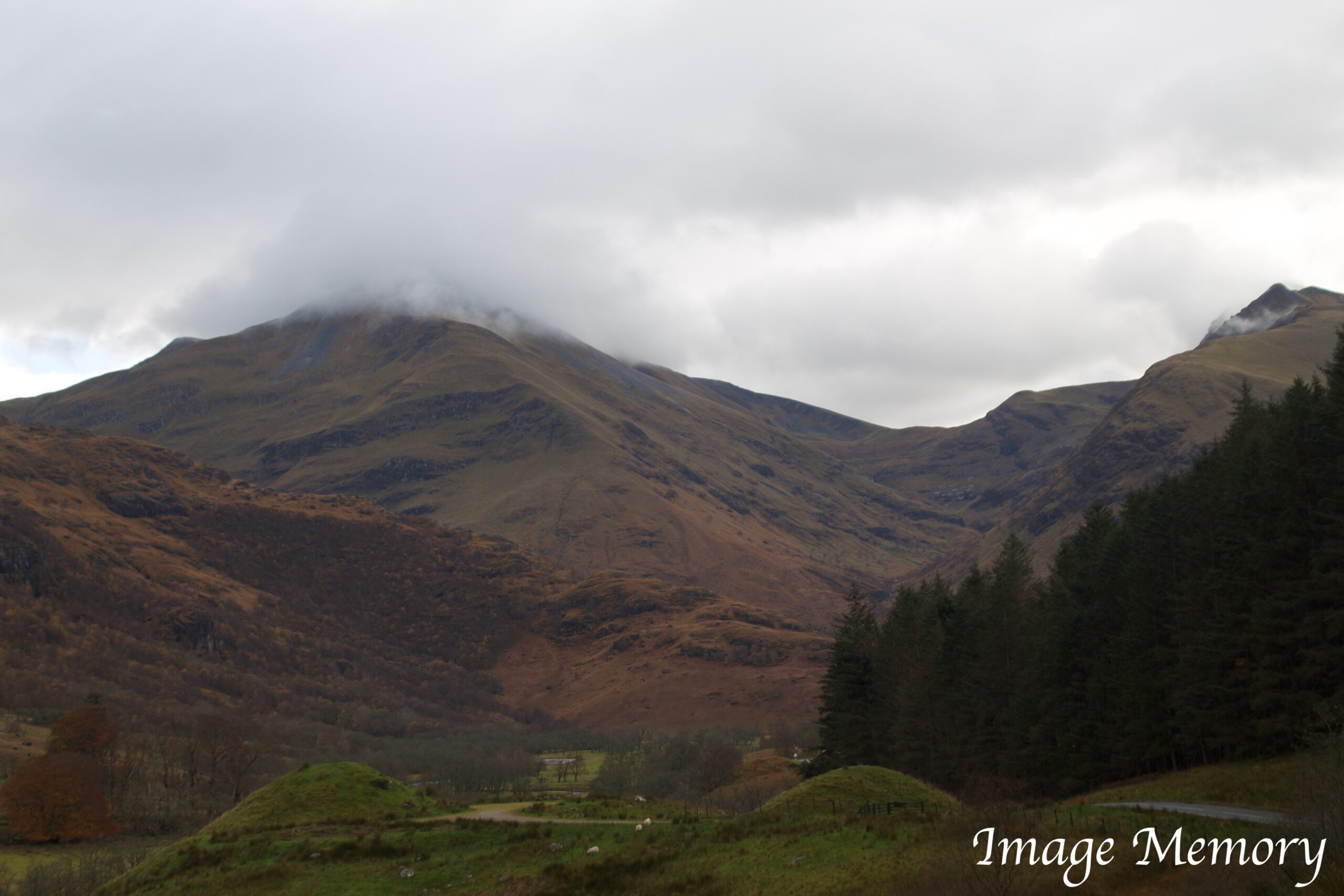
Glen Nevis, Hugo Richardson, November 2023
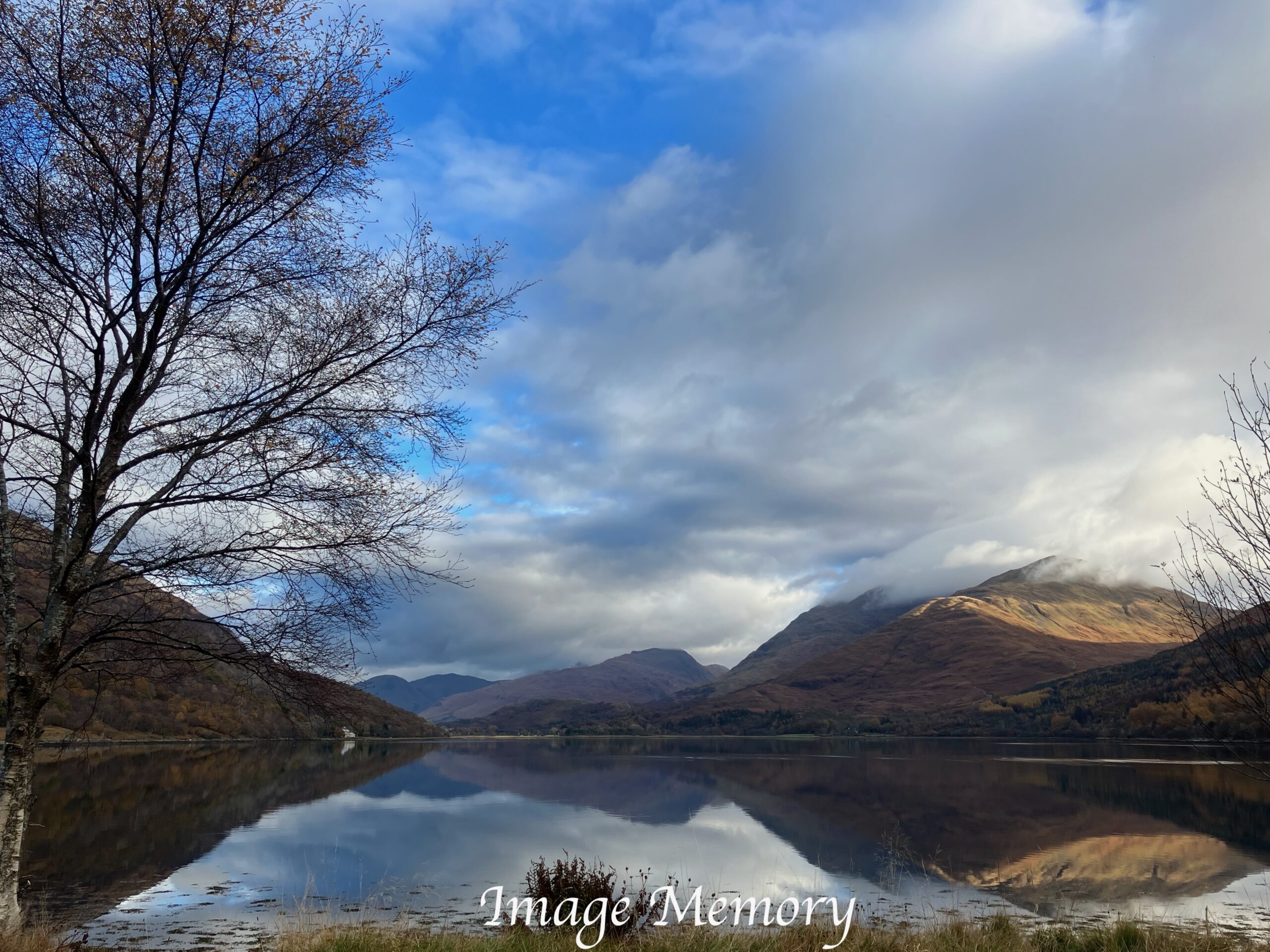
Scottish Landscape, Hugo Richardson, November 2023
I like mountains as a subject for photographic landscapes. I have experimented with light and shadow options and seasonal light intensity variations can have an effect on the mood of the image.
Clearly, where the outline of mountains meet the sky, having a ‘chiaroscuro’ methodology in the mind of the photographer, can help.
Through the value gradation of colour and the analytical division of bright and shadowed shapes, the chiaroscuro artists create the illusions of three-dimensional forms and the light coming from a specific source, often achieving dramatic effects.
By 1801, the twenty-six-year-old Turner was already an Associate of the Royal Academy.
Turner was at the centre of intellectual life. The Academy was at the right-hand side of Somerset House, next to the Society of Antiquaries.
Sir Francis Chantrey (sculptor), Sir John Soane (architect) and Sir Thomas Lawrence (painter) were fellows of the Royal Society.
The Academicians attended lectures on the most complex discoveries in science and it was suggested Turner was an invited guest.
Sir William Herschel (1738-1822) presented papers on the nature of the sun.
Herschel had looked at the sun with a giant telescope in Slough. He found a range of particular features that he called “openings, shallows, ridges, nodules, corrugations, indentations and pores”.
He filtered the harmful magnified light through a tray of watered ink.
Turner too looked at the sun and purposefully gives a dab of the brush bristles, raising nodules of paint; a wipe of the flat areas of paint making parallel ridges and a smoothed area.
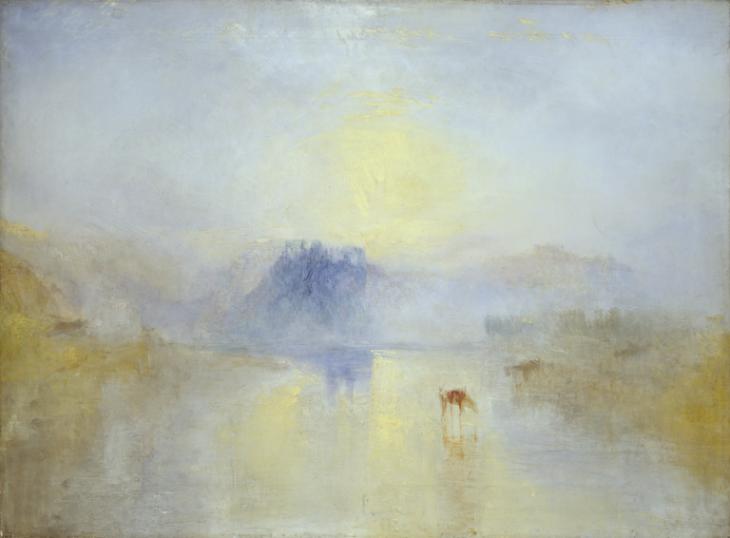
Norham Castle, Sunrise c.1845 Joseph Mallord William Turner 1775-1851 Accepted by the nation as part of the Turner Bequest 1856 http://www.tate.org.uk/art/work/N01981
Capturing photographic images of the sun is best left till the sun is rising or setting. I took this photo in 2016. When the image was downloaded from the ‘SIM card’, a spotlight from the sky appeared to light up a small area of the ground. This image has not been adjusted, to this day I do not know how the photo is possible!

Landscape Sunset Near Pewsey, Hugo Richardson, November 2016